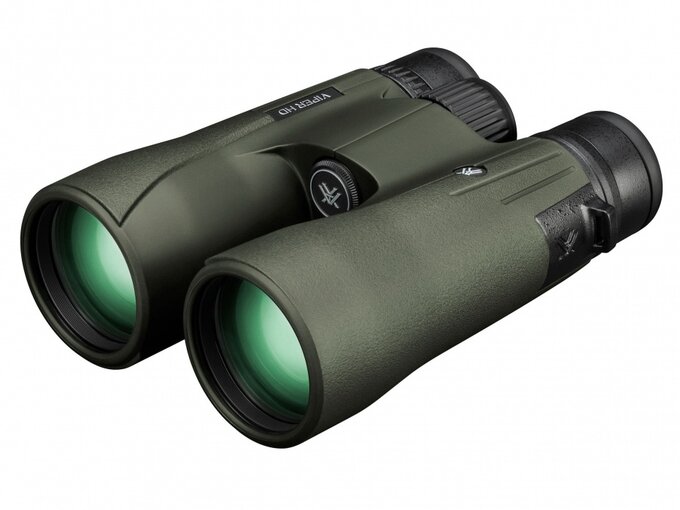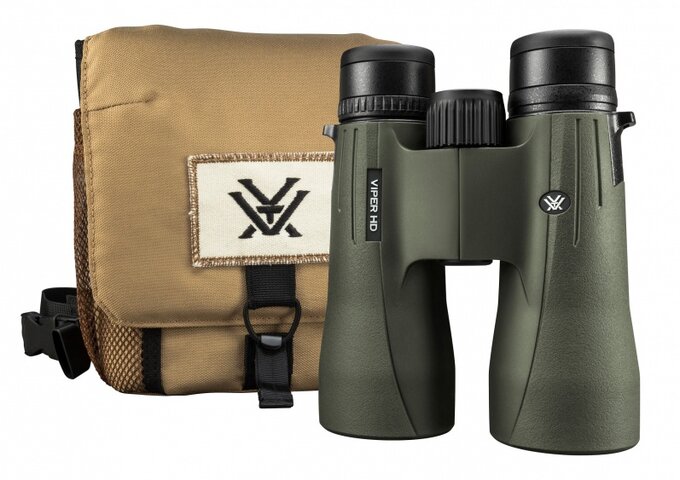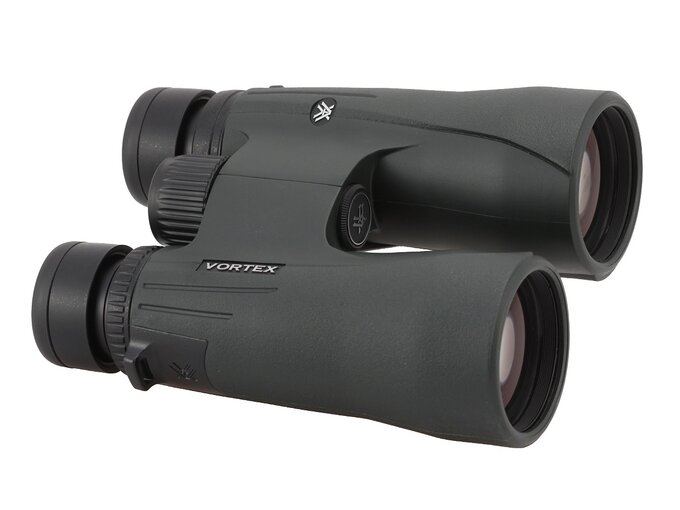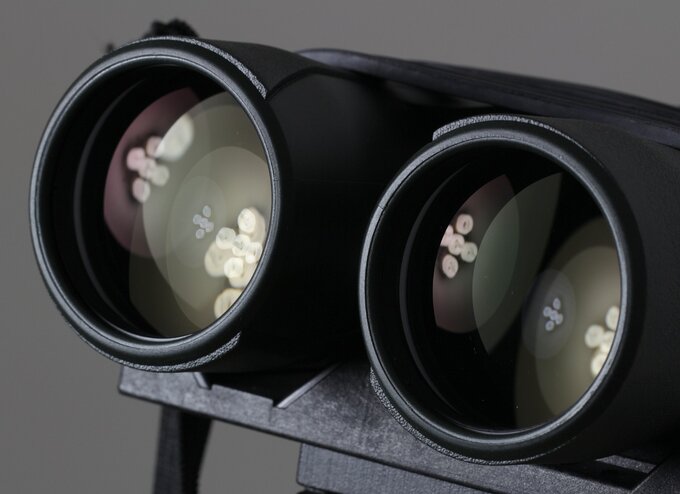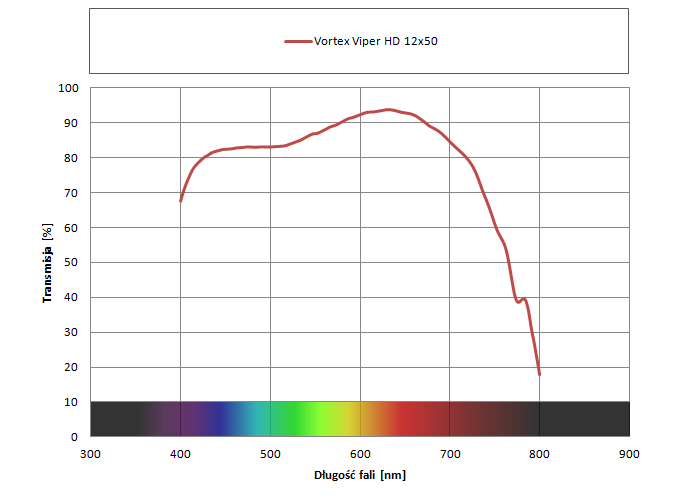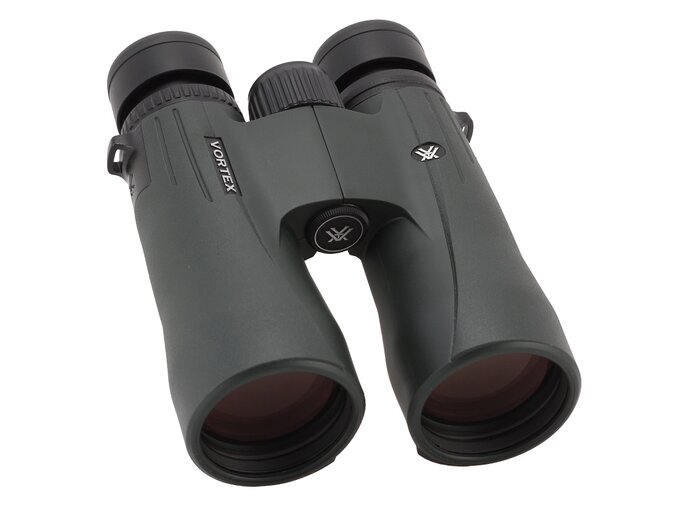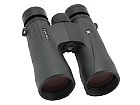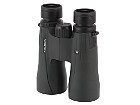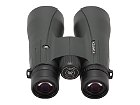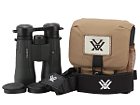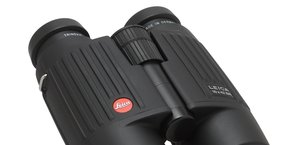The Vortex Viper series appeared on the market in 2006 and its 10×42 representative was one of dark horses of our big test of different10x40 binoculars.
In 2011 the series was refreshed as Viper HD and its 10x42 representative we have already tested and praised a lot.
Year 2018 brought another change – the binoculars were given a completely new optical constructions and the number of models in that particular line-up decreased to four devices with the following parameters: 8×42, 10×42, 10×50 and 12×50.
When it comes to the 12×50 model you deal with changes in the right direction but also with one step backwards. The most important thing – the field of view increased from 4.8 to 5.5 and currently is one of the widest in this class of equipment. Another important issue – the enlargement of the field didn't adversely affect the eye relief distance; actually it increased by one milimeter and now amounts to 16 mm. The negative change? Minimum focusing distance was lengthened, amounting now to 2.9 meters.
The manufacturers boast of using low dispersion HD glass and XR Fully Multi-Coated layers on all air-to-glass surfaces in the optical construction. Additionally, the Schmidt-Pechan prisms are covered by dielectric and phase-correction coating. The outer elements are protected by hydrophobic ArmorTek layers which are supposed to make them scratch-resistant and prevent dirt and grease from sticking to the glass.
The casing of the binoculars is waterproof and argon filled. Buyers get a full set of caps, a strap, a stylish carry case and a chest harness. The product comes with a lifetime warranty of the producer.
| Magnification |
Lens diameter |
Angular field of view |
Prisms |
Eye relief |
Weight |
Price |
| 12 |
50 |
96/1000(5.5o) |
BaK-4/roof |
16 mm |
815 g |
3189 PLN |
|
|
| Real front lens diameter |
Left: 50.01+/-
0.05 mm
Right: 49.99+/-
0.05 mm
|
8 / 8.0 pkt |
| Real magnification |
11.96+/-
0.05x
|
3/3.0 |
| Transmission |
85.4+/-
1%
|
13/25.0 |
| Chromatic aberration |
Noticeable in the centre, a bit higher than medium on the edge. |
4.8/10.0 |
| Astigmatism |
Medium. |
5/10.0 |
| Distortion |
Distance of the first curved line from the field of view centre compared to the field of view radius: 53% ± 3% |
6/10.0 |
| Coma |
Starts already at 75% of field of view and is average on the very edge |
8/10.0 |
| Blurring at the edge of the FOV |
Blur occurs in a distance of 82 ± 3% from the field of view centre. |
6/10.0 |
| Darkening at the edge the FOV |
Slight. |
4/5.0 |
| Whiteness of the image |
The highest transmission, exceeding 90%, appears in the red-orange part of the spectrum so images have red-orange hue. |
3.8/5.0 |
| Collimation |
Perfect. |
5/5.0 |
| Internal reflections |
| Left: |
Right:
|
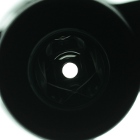 |
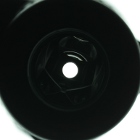 |
Brighter arches near the exit pupil. |
3/5.0 |
| Housing |
Solid and comfortable to hold and to look through. Good quality rubber armour which sticks to your hands properly well but sticks out near objective lenses a bit. Well-positioned thumb indentations. Rubberized, twist-up eyecups with four stops. An inscriptionon the bridge informs us that the binoculars were assembled in the Philippines. |
7.5/8.0 |
| Focusing |
Big, comfortable central wheel which performs as it should. Its full turn takes an angle of about 520 degrees. Individual focusing on the right eyepiece in a form of a retractable ring. It moves the outer element and works with significant resistance. |
4.5/5.0 |
| Tripod |
A quite comfortable access |
3/3.0 |
| Interpupilary distance |
from 58.5 to 74.3mm
|
5/6.0 |
| Closest focusing distance |
2.95 meters. |
2/2.0 |
| Eyepieces FOV |
Apparent field of view of 66.7 deg (according to simple formula) and 60.5 deg (according to tangent formula). |
14.5/20.0 |
| Field of view |
Measured by us amounted to 5.58 ±0.04 degrees and it was even a tad wider than stated in official specifications. A huge field for this class of equipment. |
7.5/8.0 |
| Quality of the interior of the barrels |
Inner tubes are dark, sensibly matted and intensively ribbed. Dark bottom; only a narrow rim around prisms sticks out a bit because it is too brigh. Very clean inside. |
4.5/5.0 |
| Vignetting |
| Left: |
Right:
|
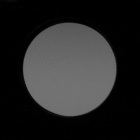 |
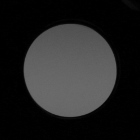 |
OL: 0.85%, OR: 0.99% |
7/8.0 |
| Prisms quality |
High quality BaK-4 glass. |
8/8.0 |
| Antireflection coatings |
Green-purple-yellow on objective lenses, green-purple on the prisms and green-purple on the eyepieces. Low intensity. |
5/5.0 |
| Warranty [years] |
lifetime |
6/6.0 |
| Final result |
75.8%
|
144.1 / 190 pkt
|
| Econo result |
|
0pkt. |
Summary
Pros:
- solid and stylish casing,
- wide field of view,
- slight coma,
- low brightness loss on the edge of the field,
- good quality BaK-4 prisms,
- proper blackening and cleanliness inside the binoculars,
- good quality antireflection coatings covering all air-to-glass surfaces,
- more or less round exit pupils,
- sensible colour rendering,
- lifetime warranty,
- good price/performance ratio.
Cons:
- transmission could have been higher,
- a bit too high chromatic aberration on the edge of the field of view.
The Vortex Viper HD 12x50 models from the newest shipment are already available from the Polish distributor, Kolba.pl but their price exceeds 3000 PLN. In shops that have these intruments from older shipments on their magazine shelves you can still buy it for 2600-2700 PLN.
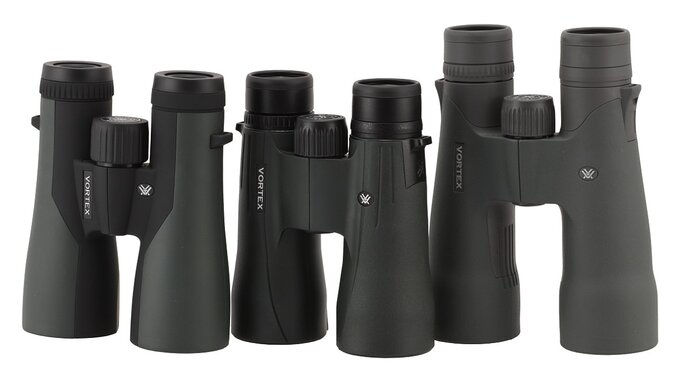
Vortex Crossfire HD 12x50, Vortex Viper HD 12x50 and Vortex Razor UHD 12x50. |
Looking at the final score of the Viper HD in our test you can say that its price/performance ratio is really favourable. The Viper is not much weaker than the much more expensive Meopta Meostar and actually a bit better than the distinctly more expensive Leupold BX-4 Pro Guide 12x50 HD.
Of course the binoculars are not completely faultless. We noticed a bit too weak correction of chromatic aberration – it should have been done better in an instrument featuring low dispersion glass in objective lenses and sold at this price point. You can also complain a bit about transmission which graph should have been more flat and it should have approached 90% in the centre of the visible spectrum.
Still these two faults don't negate the many advantages. The binoculars are relatively lightweight and handy, offering you wide field of view and a comfortable eye relief distance, amounting to 16 mm; also their workmanship is very good. Most of optical aberrations are corrected at least sensibly well, without any major slip-ups visible.
We have been praising the Vortex Viper series instruments as very well-put-together pairs of binoculars that offer you really favourable price/performance ratio for some time now. The 12x50 model only confirms our opinion. If you decide to buy these binoculars I think you will be very pleased with your choice.
